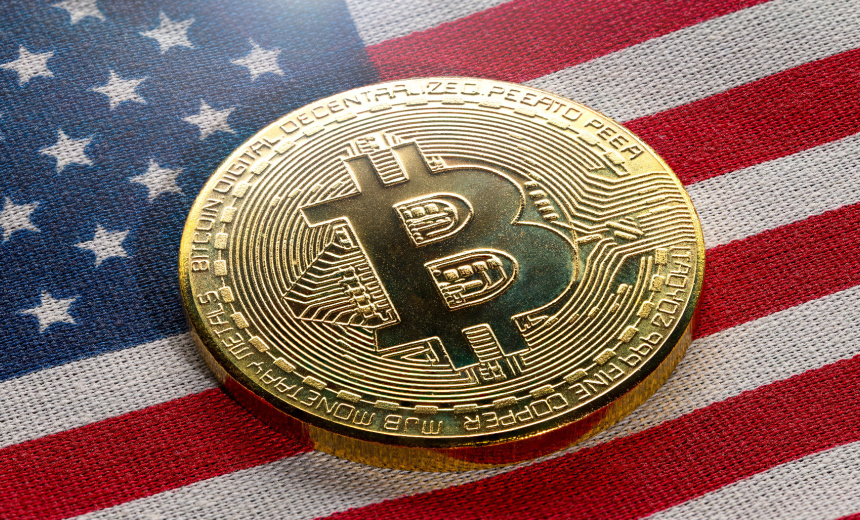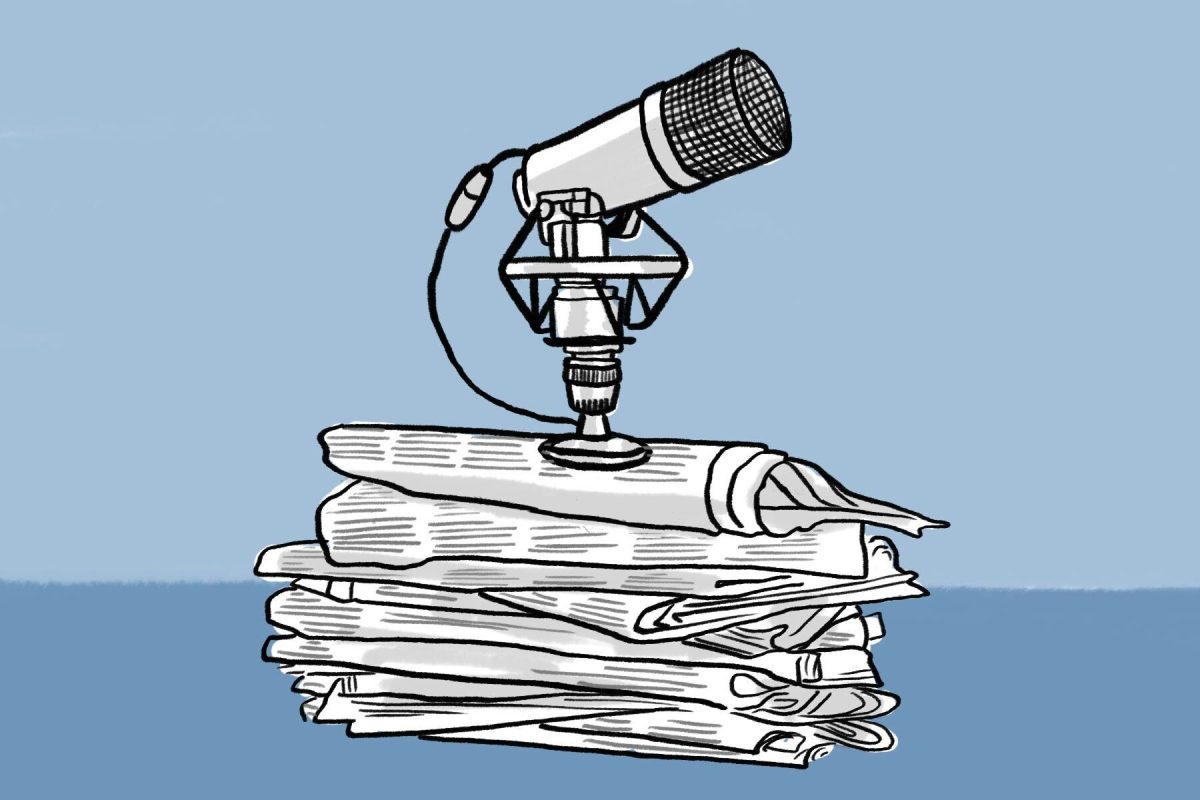On Thursday, President Donald Trump signed an executive order to set up a task force that will consider creating a national digital stockpile, marking a significant shift in federal policy toward promoting and supporting the United States’s digital asset industry. Cryptocurrency circles believe this idea will come to fruition in the form of a strategic Bitcoin reserve — a stockpile of Bitcoin that the government would hold in reserves — which is a concept that gained traction when Trump endorsed it during his 2024 presidential campaign. As president, Trump should deliver on his campaign promise and establish a strategic Bitcoin reserve in order to shield Americans from the ongoing debt crisis.
The U.S. government already holds 213,297 Bitcoins, around 1% of the global supply, in its stockpile. However, the U.S. has no legal framework that would allow the government to use these in an effective manner. An SBR would resolve this issue. The Bitcoin Policy Institute argues that the president can sign an executive order to establish an SBR and store Bitcoin in the U.S. Treasury’s Exchange Stabilization Fund, which is traditionally used to buy and sell foreign currencies.
The national debt is significantly impacting the U.S. economy. It is decreasing investor confidence, making treasury bonds more expensive. Multiple credit agencies have downgraded the U.S.’s AAA credit rating to AA+, citing expected fiscal deterioration over the next three years as well as growing government debt. Lower credit ratings mean higher interest rates for loans, and in turn, U.S. debt will become more costly. This ballooning debt problem has reached a tipping point; for the first time in history, the U.S. is now paying more in interest on debt than it is on national defense.
Furthermore, this debt is crowding out private investment. When the U.S. government issues more Treasury bonds to finance its debt, it increases the supply of government securities in the financial markets. These bonds then compete with the private sector. This increased government borrowing is also putting upward pressure on interest rates, making borrowing more expensive for businesses and individuals; some estimates suggest that for every dollar increase in the federal deficit, private investment falls by about 33 cents. This raises operation costs for businesses and reduces innovation.
An SBR would help address these concerns. Since a core concern of credit agencies is the congressional gridlock over what the U.S. should do about its debt, adopting an SBR would signal to investors that Washington is aware of the national debt crisis and is committed to resolving it. This could diminish fears of debt monetization and lower the cost of U.S. Treasury bonds.
If the U.S. were to buy Bitcoin to store in a strategic reserve, it would signal to other nations and domestic companies that Bitcoin is an asset that is here to stay and worth investing in. It could also lead to more regulatory clarity from various nations, stabilizing the volatility concerns that critics of Bitcoin have. This would make Bitcoin a more widespread asset, boosting demand and thus, granting the U.S. government more money if it decides to use Bitcoin to pay off its debt in the long term.
In addition, a Bitcoin reserve would also help in a time of exorbitant crisis. If the U.S. is unable to pay off its debt, investors will flock to other assets like gold or Bitcoin, rather than U.S. Treasury bonds. This would boost the value of Bitcoin, and if the U.S. government owns Bitcoin, it can leverage that appreciating asset from an SBR to pay off debts, averting a crisis.
Critics are too quick to sound the alarm that an SBR would cause global panic and the collapse of the U.S. dollar. However, an SBR would strengthen, not weaken, the U.S. dollar. For starters, Trump has promised on the campaign trail that he intends to only have 2% of the Treasury’s assets to be in Bitcoin under an SBR. This is not enough to cause the wide scale adoption of Bitcoin that would replace the U.S. dollar.
More importantly, Bitcoin serves as a hedge against inflation. Currently, the U.S. prints a significant amount of money in order to pay off its debt. This dramatically reduces the value of the dollar. Bitcoin’s supply, however, cannot be modified, which means that its value can only increase over time with increased demand. If the country could print less money to pay off the debt because they stored Bitcoin in its reserve, the U.S. dollar would be heavily strengthened.
The creation of an SBR represents a forward-thinking approach to addressing the U.S.’s growing national debt. With a cloud of uncertainty cloaking the world’s financial future, an SBR could be a key step in securing America’s economic future and maintaining its position as the world’s hegemon.








Brian Kelly • Feb 5, 2025 at 9:07 am
I see, as usual, their notions are beneficial more to the individual. ExpressHacker99 Group for lost crypto recovery. Just make a google search to get their contact info.